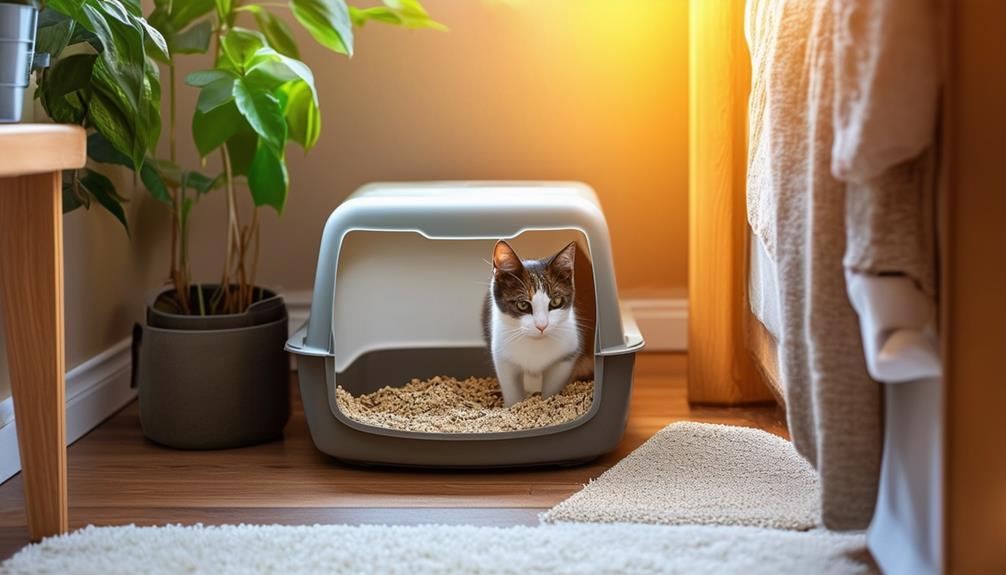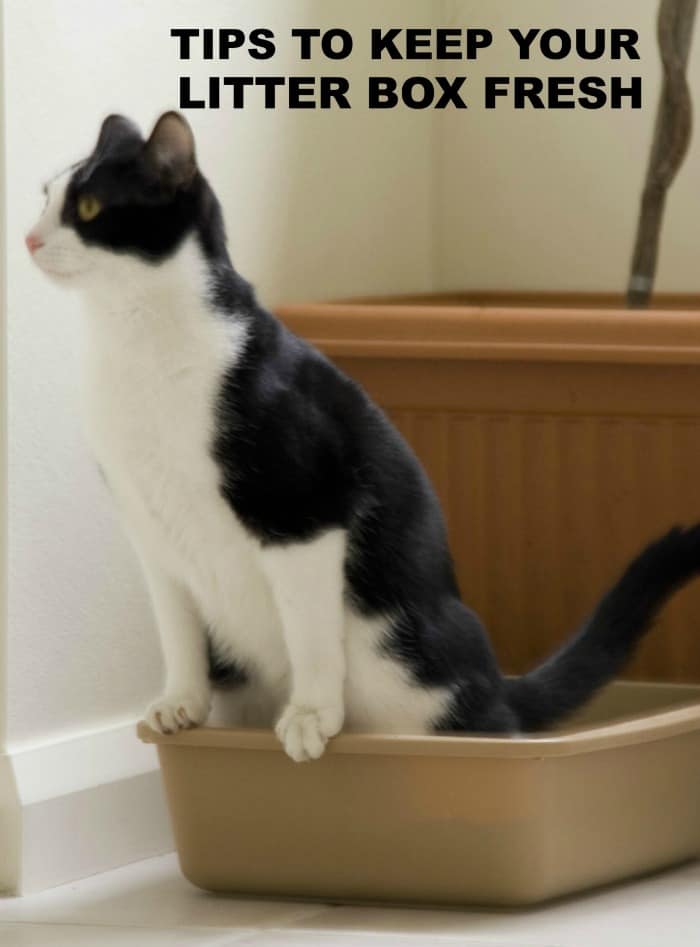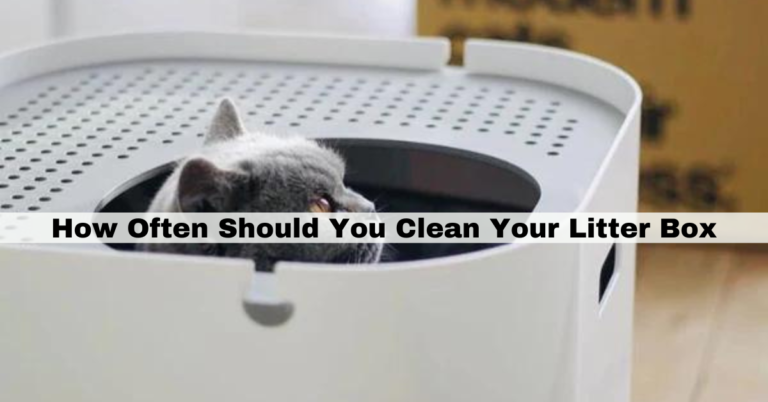Where Do You Keep Your Litter Box

Sunlight streamed through the kitchen window, illuminating dust motes dancing above a meticulously clean floor. A faint, almost imperceptible whiff of lavender air freshener hung in the air, battling an unseen foe. But in the corner, tucked neatly behind a strategically placed fern, sat a low, unassuming plastic box, filled with pristine, unscented clay litter. This was Sarah’s secret – the surprisingly prominent, yet cleverly concealed, location of her feline companion’s personal commode.
The placement of a litter box is more than just a matter of convenience; it’s a crucial element in maintaining a harmonious household for both cats and their human companions. Choosing the right location can prevent behavioral problems, reduce unwanted odors, and ultimately strengthen the bond between you and your furry friend.
The Litter Box: More Than Just a Toilet
For many, the humble litter box is simply a necessary evil, a functional object to be hidden away as discreetly as possible. However, from a cat's perspective, it’s a vital territory marker, a place of vulnerability, and a reflection of their owner's care.
Cats are instinctively clean animals, and a poorly placed or maintained litter box can lead to stress, anxiety, and, ultimately, elimination problems outside the designated area. According to the American Association of Feline Practitioners (AAFP), inappropriate elimination is one of the most common behavioral complaints reported by cat owners.
Understanding Feline Needs
Before we delve into the ideal locations, it's essential to understand what cats look for in a bathroom. Safety and security are paramount. They need a space where they feel protected from potential threats, whether real or perceived.
A quiet, low-traffic area away from loud noises or sudden movements is generally preferred. Think of it from their perspective: would you want to use the bathroom in the middle of a bustling highway?
Location, Location, Location: The Real Estate of Relief
So, where are the prime pieces of litter box real estate in your home? The answer, of course, varies depending on your living space and your cat's individual personality, but some general principles apply.
Bathrooms, laundry rooms, and spare bedrooms are often popular choices. These areas tend to be relatively quiet and out of the main flow of traffic.
However, accessibility is key. A litter box hidden away in a dark, musty basement that's difficult for a senior cat to reach is far from ideal. Conversely, placing it smack-dab in the middle of the living room might be convenient for you, but anxiety-inducing for your feline friend.
Multiple litter boxes are also highly recommended, especially in multi-cat households. The general rule is one litter box per cat, plus one extra. This helps prevent resource guarding and ensures that each cat has a readily available and private space.
Consider the size and type of litter box as well. A small, covered box might seem aesthetically pleasing, but it can trap odors and make some cats feel claustrophobic. Open litter boxes generally provide better ventilation and allow cats to maintain a better vantage point of their surroundings.
The Odor Factor: Minimizing the Unpleasantness
Let's be honest, no one enjoys the smell of cat urine. Choosing the right litter and implementing a regular cleaning schedule are crucial for odor control. But location also plays a role.
Avoid placing the litter box near food preparation areas, such as the kitchen. The association between food and waste can be off-putting for both humans and cats.
Good ventilation is also essential. If possible, place the litter box near a window or in a room with an exhaust fan to help dissipate odors. Remember, a clean litter box is a happy litter box – and a happy home.
Hidden in Plain Sight: Creative Concealment
For those who are particularly sensitive to aesthetics, there are numerous creative ways to conceal a litter box without compromising your cat's comfort or accessibility.
Furniture designed specifically to house litter boxes is readily available. These cleverly disguised enclosures often resemble cabinets or side tables and can seamlessly blend into your existing decor. Or, with a bit of DIY ingenuity, you can repurpose an old cabinet or build your own custom litter box enclosure.
Another option is to utilize existing features of your home, such as under-utilized corners or alcoves. A strategically placed screen or decorative plant can provide a visual barrier without making the litter box inaccessible.
"The key is to prioritize your cat's needs while still maintaining a visually appealing and functional living space," advises Dr. Jane Brunt, a board-certified feline specialist and executive director of the CATalyst Council.
Troubleshooting Litter Box Issues
Even with the best planning, litter box problems can still arise. If your cat suddenly starts eliminating outside the litter box, it's important to rule out any underlying medical conditions. A visit to the veterinarian is essential to ensure that there are no urinary tract infections, kidney problems, or other health issues at play.
If medical issues are ruled out, consider the possibility of behavioral problems. Stress, anxiety, or changes in the environment can all contribute to inappropriate elimination.
Try experimenting with different types of litter, litter box locations, or cleaning schedules. Sometimes, a simple change is all it takes to resolve the issue.
Remember, patience and understanding are key. Punishing your cat will only exacerbate the problem and damage your relationship.
A Happy Cat, A Happy Home
Ultimately, the ideal litter box location is one that meets your cat's needs for safety, security, and accessibility, while also minimizing odors and blending seamlessly into your home environment.
By understanding your cat's natural instincts and being willing to experiment, you can create a litter box setup that promotes both feline happiness and household harmony. It's about more than just providing a place for your cat to relieve themselves; it's about creating a space where they feel comfortable, secure, and loved.
So, next time you’re considering rearranging your living space, remember Sarah’s fern-hidden secret. It’s a small detail, perhaps, but one that speaks volumes about the care and consideration we give to the furry companions who share our lives.



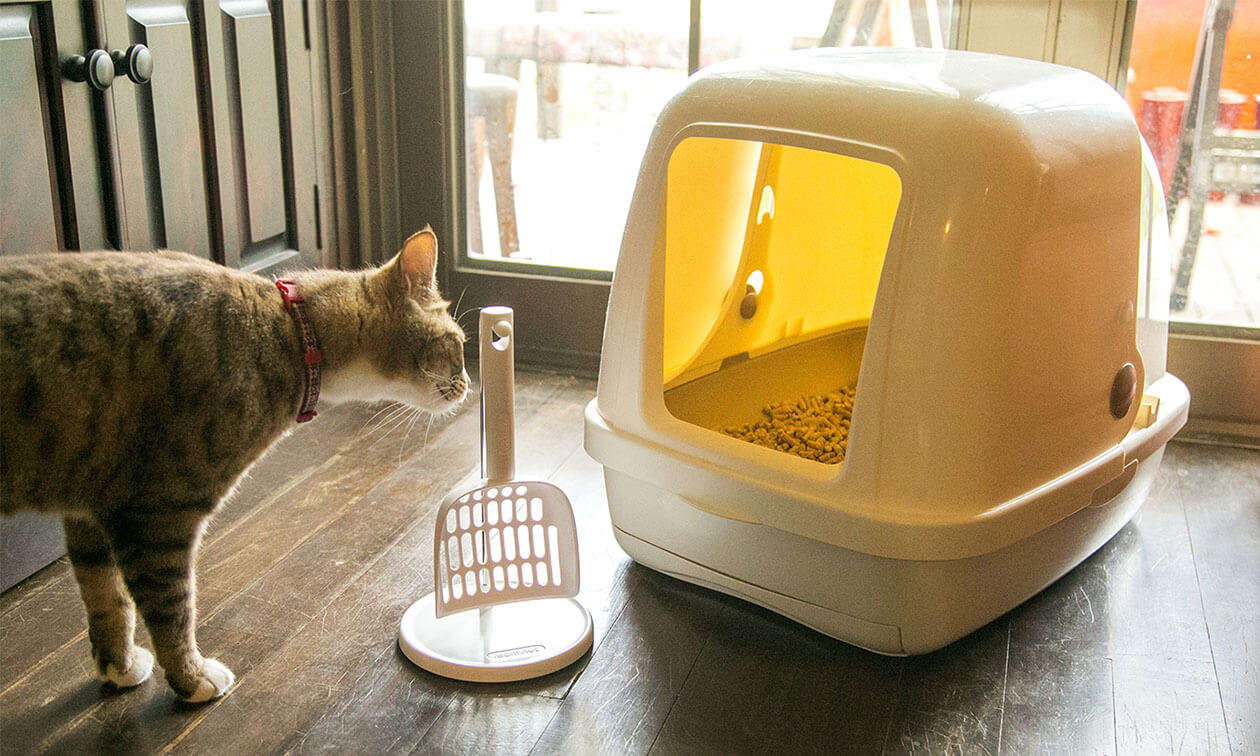
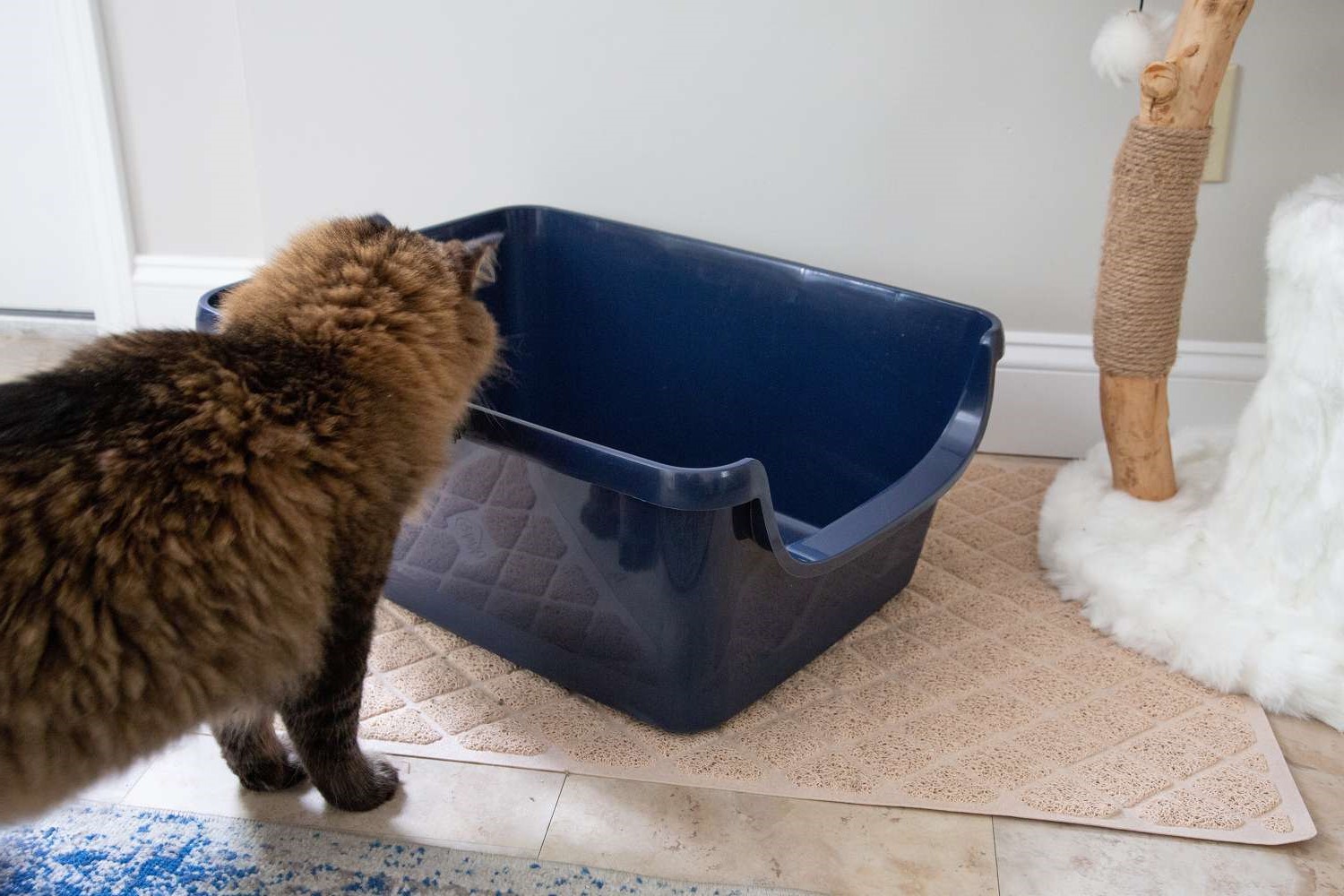
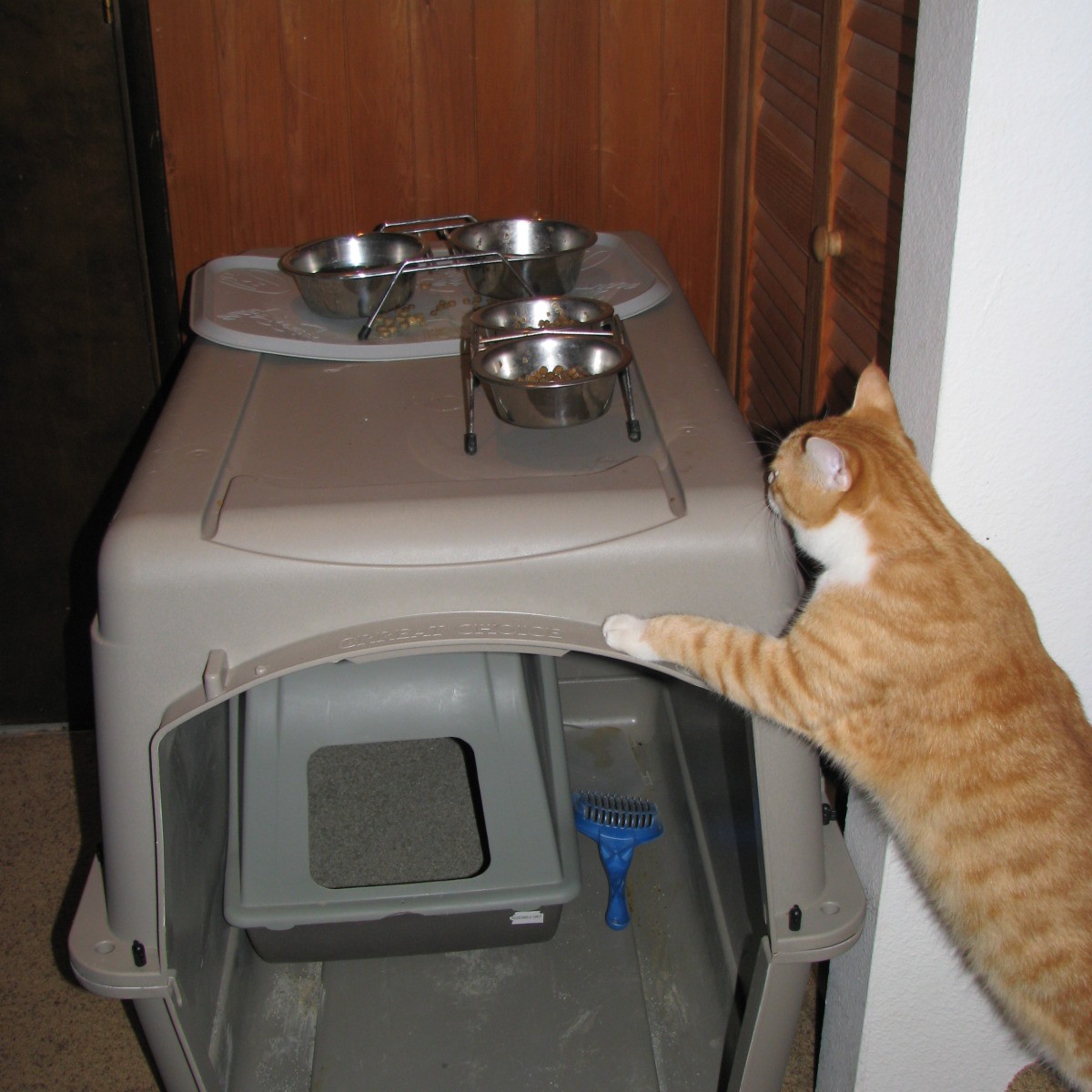



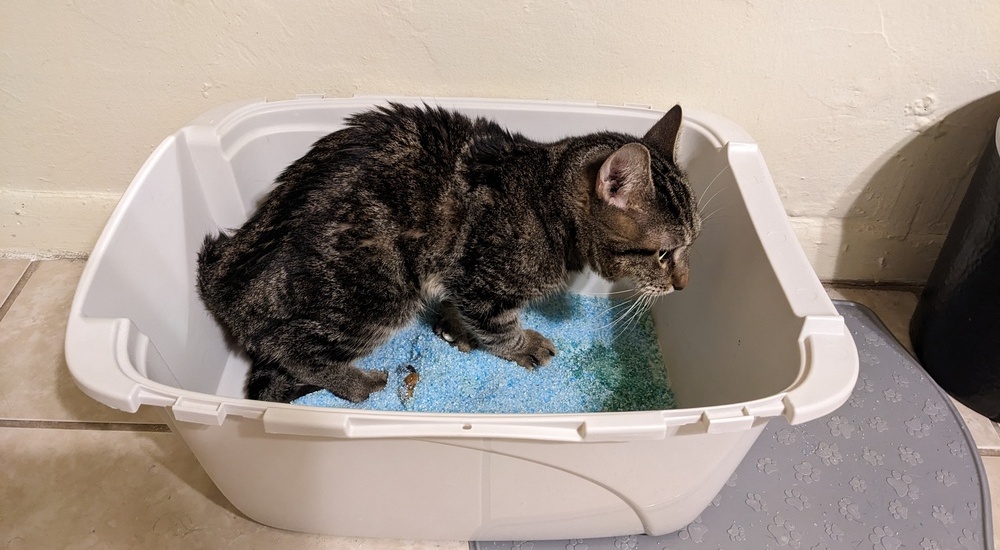

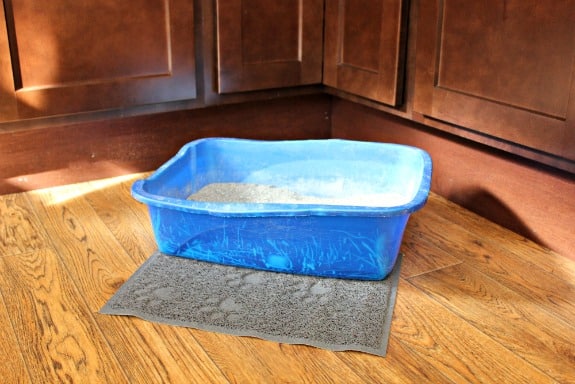
/litter-box-maintenance-555200_V3-da778d1a4fb54a2992a10584dac417c9.png)
:max_bytes(150000):strip_icc()/PEO-Tuft-and-Paw-Cove-Litter-Box-Lindsay-Boyers-02-a3c68eeb47254a0b849560cf11260c4b.jpg)
